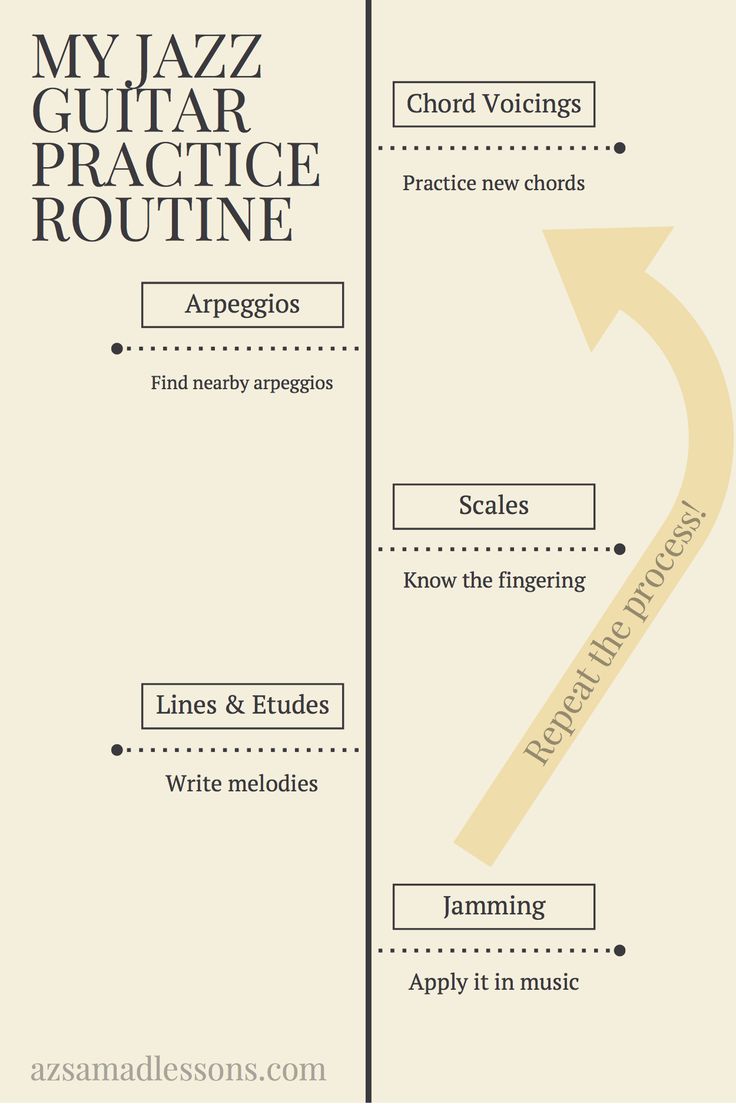Unlocking Excellence, One Day at a Time
Behind every brilliant guitar solo, flawless rhythm, or mind-blowing performance lies something far less glamorous — a disciplined daily practice routine. Whether you’re a beginner or aiming to go pro, understanding how successful guitarists structure their day is key to mastering the instrument. In this post, we’ll break down what a typical day looks like for a successful guitarist and how you can create a routine that fuels consistent growth.
1. Morning Warm-Up: 20–30 Minutes
A successful guitarist starts the day with finger exercises and warm-ups to get the blood flowing. This could include:
- Chromatic scales
- Finger stretching
- Alternate picking patterns
- Basic chord transitions
Pro Tip: Use a metronome to improve timing and gradually increase your speed.
2. Technique Building: 30–60 Minutes
This is the core technical part of the day. The focus here is on improving specific skills:
- Scales and modes (major, minor, pentatonic, blues)
- Speed and accuracy drills
- Finger independence exercises
- Sweep picking, tapping, or hybrid picking techniques
Successful guitarists track their progress and focus on quality over quantity — practicing slowly and precisely before increasing speed.
3. Music Theory and Ear Training: 20–30 Minutes
Great guitarists don’t just play — they understand why music works. Daily theory practice may include:
- Interval training
- Chord construction
- Scale degrees and key signatures
- Ear training using apps or backing tracks
Why it matters: Theory knowledge enhances improvisation, songwriting, and communication with other musicians.
4. Learning Songs or Solos: 30–60 Minutes
A guitarist’s identity is shaped by the music they play. Each day, time is dedicated to:
- Learning new songs or complex solos
- Transcribing by ear
- Analyzing structure, tone, and phrasing of favorite artists
This keeps practice inspiring and fun, while also building real-world skills.
5. Improvisation and Creativity: 20–30 Minutes
Daily creative time is non-negotiable for success. This includes:
- Jamming over backing tracks
- Composing riffs or licks
- Experimenting with effects or new tunings
Creativity is a muscle — the more you use it, the stronger it gets.
6. Performance Practice: 15–30 Minutes
Great guitarists prepare for the stage, even when they’re not on tour. Daily practice might involve:
- Playing through entire songs without stopping
- Recording and reviewing performances
- Simulating live conditions
This builds confidence, stamina, and stage-readiness.
7. Night Wind-Down: 10–15 Minutes
Just like warming up, winding down with light playing or freeform noodling helps maintain muscle memory and keeps the connection with the instrument relaxed and joyful.
Final Thoughts
Consistency is the secret weapon of every successful guitarist. While the exact routine may vary, the principles remain the same: structured, goal-oriented practice balanced with creativity and exploration.
If you’re serious about improving, start building your own version of this routine. Customize it to fit your schedule and goals — and stick with it. Success isn’t about luck; it’s about what you do every single day.
